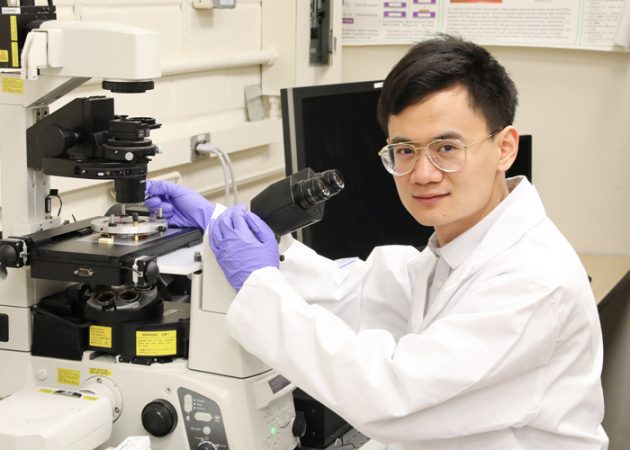
U of T Engineering researchers have built a set of magnetic ‘tweezers’ that can position a nano-scale bead inside a human cell in three dimensions with unprecedented precision. The nano-bot has already been used to study the properties of cancer cells, and could point the way toward enhanced diagnosis and treatment.
Professor Yu Sun (MIE, IBBME, ECE) and his team have been building robots that can manipulate individual cells for two decades. Their creations have the ability to manipulate and measure single cells — useful in procedures such as in vitro fertilization and personalized medicine. Their latest study, published today in Science Robotics, takes the technology one step further.
Read the full story by Tyler Irving on University of Toronto Engineering News.